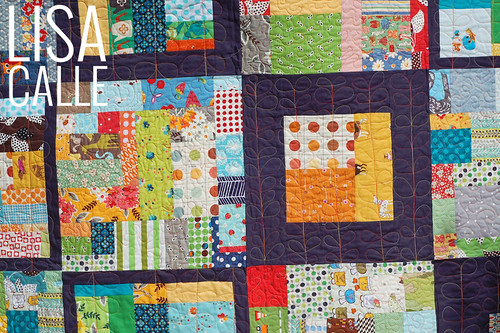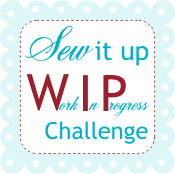Learn to Quilt: Scrap Management
This post is part of my Learn to Quilt series. You can find all related posts {here}. Start {here} if you’d like to cover the lessons in order.
I was initially going to write about the quilting community today, but I think I covered that pretty well in Lesson 2: Quilting Definitions and Resources so instead I’ll go over Scrap Management. The more you quilt, the more you will have to deal with scraps so it’s good to have a method in mind. This lesson outlines what I do with my scraps and this may be too much or too little for you given how often you sew. Some people literally save every scrap, and while I do save a lot, I must have order above all else so itty bitty pieces go in the garbage. Be forewarned that there are a lot of steps/processes/tasks in my scrap management system. I’m kind of obsessive that way but don’t let it dissuade you from quilting. You don’t have to be this level of quilting ka-razy.
CUTTING SCRAPS
Most of my scraps come from leftovers from a quilt project. I sort these scraps as a I go:
- Fat Quarters – When working with yardage, I cut my fabric so that I will have a fat quarter leftover whenever possible.
- Small, regular scraps | pieces with mostly straight edges that can be used in a project without additional cutting – I have a bin dedicated to these. Here is a quilt I made with this type of scrap:
-
- Small, irregular scraps | odd-shaped pieces that would need to be cut for most quilt blocks – These go straight into the bin for my scrappy stars project. They’re perfect to piece together for something like this:
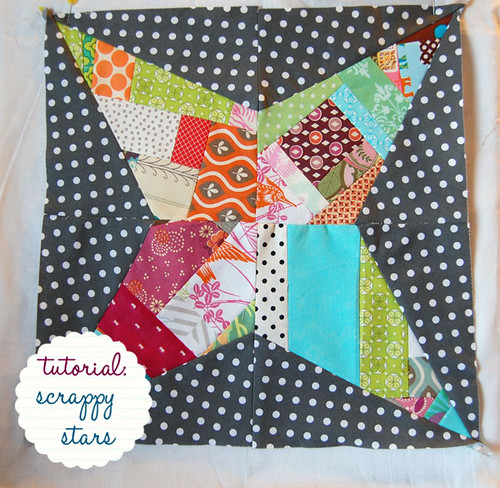
- Strings | long, narrow pieces at least 1″ wide but less than 2.5″ – These go into a big basket under my desk. Strings are usually foundation pieced and string quilts look like this one I recently finished:
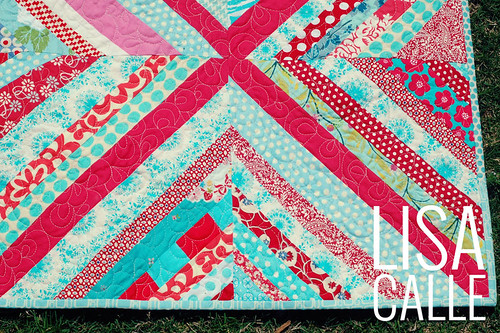
- Binding ends | 2.5″ wide by various lengths – I’m working on a scrappy trip around the world quilt (tutorial here) so these are perfect. You could also save these to make scrappy binding.
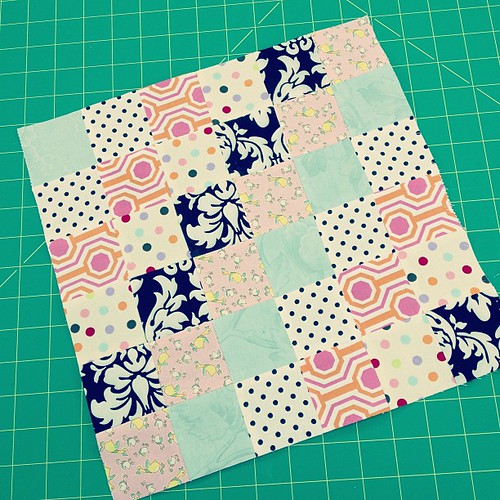
- Big scraps | smaller than a fat quarter – These go into a bin under my cutting table. It’s easy to sweep them in there while I go. The really big pieces get cut into 2.5″ and 5″ squares at some point (with scraps then going into the different piles listed above). The smaller bits go into a set of Deep ArtBin Containers, sorted by color.
- Small, irregular scraps | odd-shaped pieces that would need to be cut for most quilt blocks – These go straight into the bin for my scrappy stars project. They’re perfect to piece together for something like this:
ArtBin 6990AB Super Satchel Double Deep Box with Removable Dividers
LEFTOVER/ORPHAN BLOCKS
There are lots of reasons why you might end up with orphan blocks. Sometimes a block just doesn’t work out. Or you make too many. Or you overdo it when you’re squaring up and that dang thing is too, too small. You can save them up for projects like potholders, pillows, sampler quilts or you can donate them to the charity committee of your quilt guild like me. Or if you are supremely talented like Anna Maria Horner, you could whip up a series of amazingly beautiful quilts using your orphan blocks. (I was in her Composing a Quilt workshop at QuiltCon and it is hard to believe what that woman can do with leftovers. Imagine what she does with all that turkey that’s left after Thanksgiving?!)
ORPHAN PRE-CUTS
There are usually a handful of charm squares, jelly roll strips, layer cakes, etc. leftover from a project. I throw all of my orphans into my various scrap bins by size. What are they good for? Well, some of the quilts I’ve shown above plus any project that uses those cuts. Don’t be afraid to sew with stuff that doesn’t “match.” We’ll talk about fabric selections in the next lesson.
Scrappy quilts are some of my favorites. Check out my Pinterest board for scrappy quilt ideas. (Looking at scrappy quilts is a great way to help you start thinking about your own scrap management plan.) Do any of you have scrap management tips? How small is too small to keep? Share with us in the comments!
See you next Monday for Lesson 7 – Learn to Quilt: Piecing. We are starting our project! The pace will slow down a bit to just once a week for our last four lessons as we make a quilt from start to finish.

